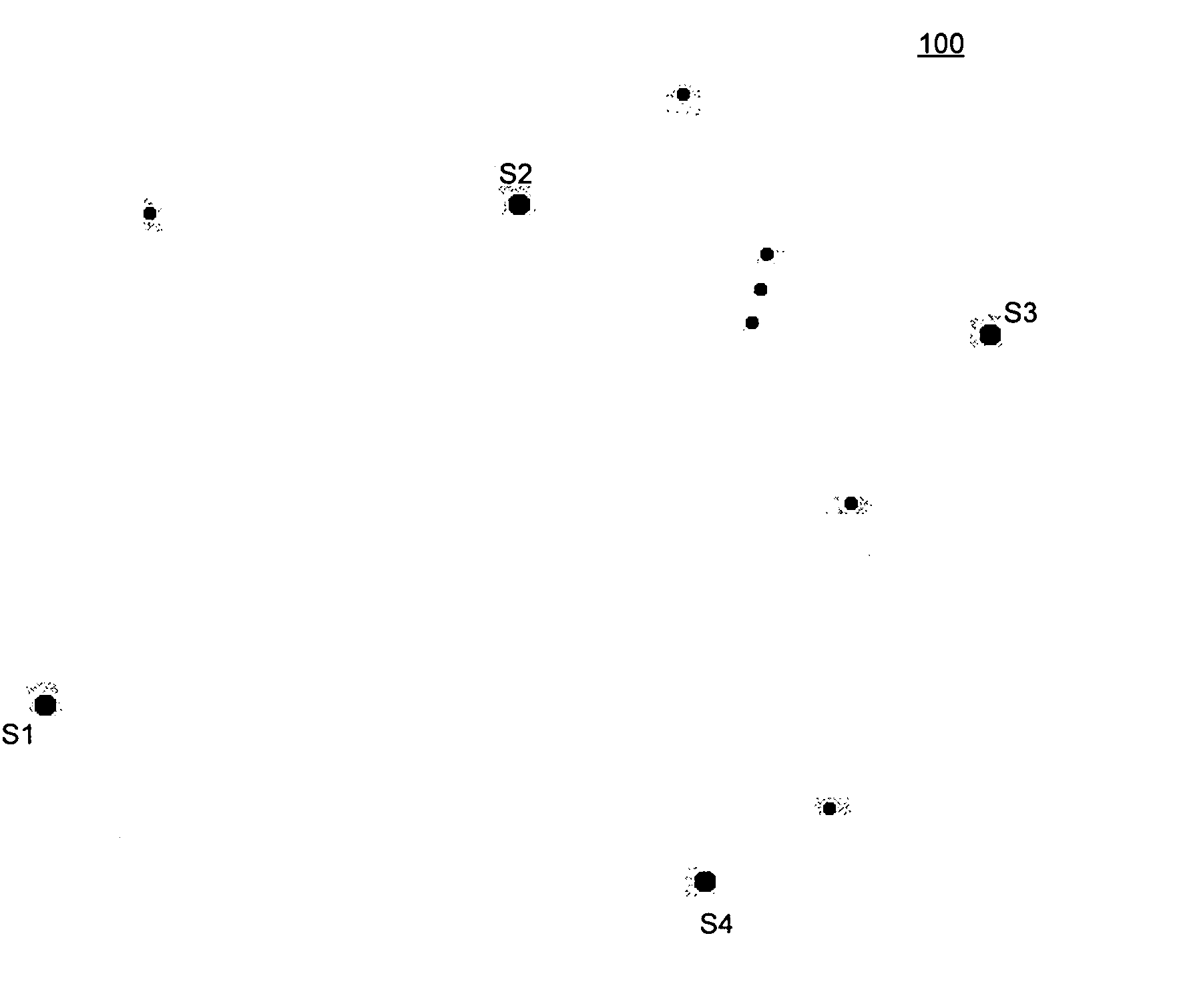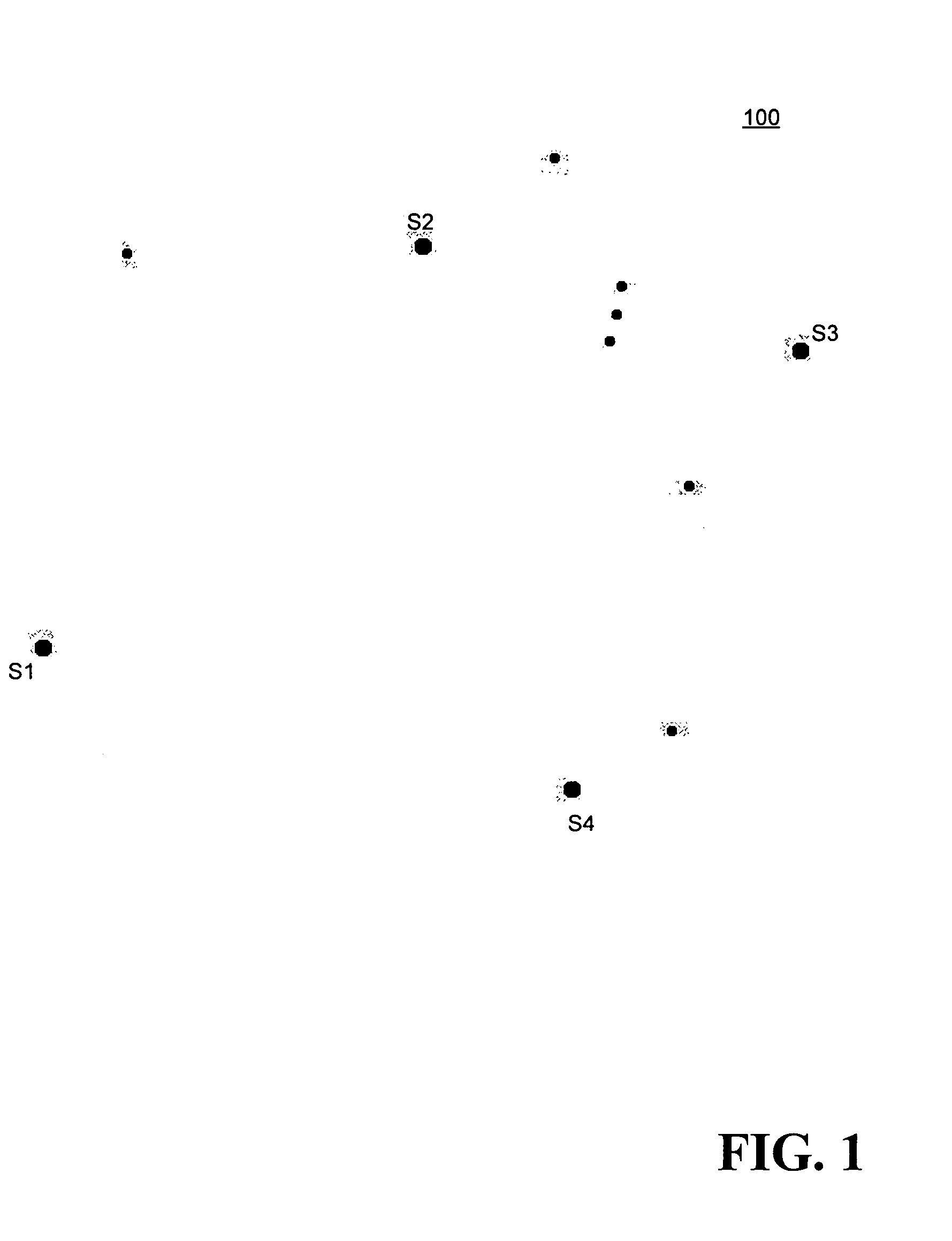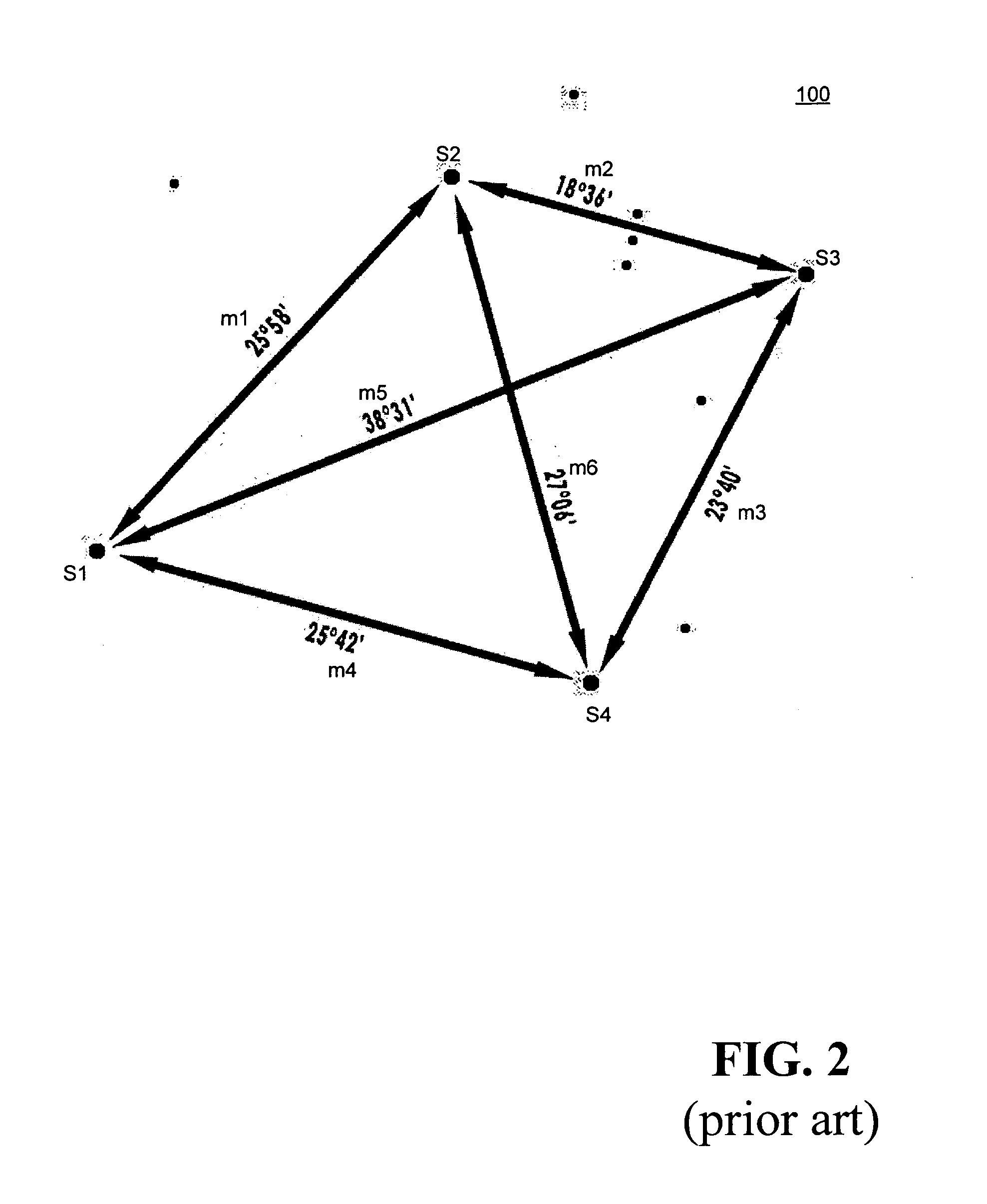Alignment system for observation instruments
- Summary
- Abstract
- Description
- Claims
- Application Information
AI Technical Summary
Problems solved by technology
Method used
Image
Examples
Embodiment Construction
[0013]The present invention provides an alignment system for aligning an optical instrument such as a telescope with the celestial coordinate system.
[0014]It is an object of the present invention to provide a method for aligning an optical instrument with respect to a celestial coordinate system, the optical instrument having a field of view and an optical instrument coordinate system, the celestial coordinate system having a plurality of objects each having celestial coordinates. The method includes the steps of receiving a plurality of captured optical instrument positions in the optical instrument coordinate system along with a plurality of associated capture times; calculating, for each associated capture time in the plurality of associated capture times, coordinates in the optical instrument coordinate system for the plurality of objects to create a plurality of calculated object positions for each associated capture time; and, determining, for each associated capture time, a m...
PUM
 Login to View More
Login to View More Abstract
Description
Claims
Application Information
 Login to View More
Login to View More - R&D
- Intellectual Property
- Life Sciences
- Materials
- Tech Scout
- Unparalleled Data Quality
- Higher Quality Content
- 60% Fewer Hallucinations
Browse by: Latest US Patents, China's latest patents, Technical Efficacy Thesaurus, Application Domain, Technology Topic, Popular Technical Reports.
© 2025 PatSnap. All rights reserved.Legal|Privacy policy|Modern Slavery Act Transparency Statement|Sitemap|About US| Contact US: help@patsnap.com



